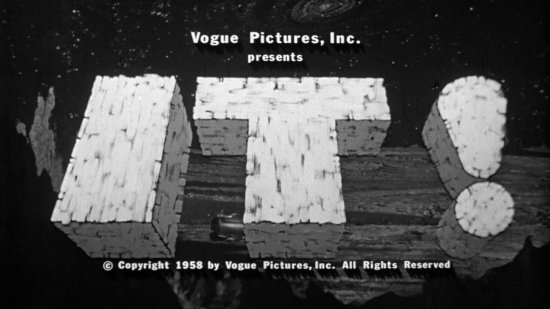We live in such exciting times that it's no wonder science fiction is flourishing. It seems not a month goes by without some kind of space shot, and yet we're still perhaps years away from the first manned orbit (not to mention a lunar jaunt). Science fiction lets us see the headlines of tomorrow long before they are thrown onto our doorstep.
Of course, not all science fiction deals with space, and not all science fiction magazines deal exclusively in science fiction. The latter half of this month's Fantasy and Science Fiction comprises naught but fantasies.
Not that this is a bad thing. With Berlin under siege, Israel and its neighbors barely restrained from coming to blows, Cuba in the throes of revolution, any kind of escape is a welcome one.

You've hopefully read my review of the rest of the June 1959 Fantasy and Science Fiction. Most of the rest of this month's ish is taken up by Philip Jose Farmer's The Alley Man, a gritty, rambling story that is as hard to take as it is to put down. It spotlights the grubby life of the what may be the last of the Neanderthals consigned, like the rest of his race, to survive off the scraps cast off by the superior Homo Sapiens Sapiens. Not that Old Paley is any dumber than us. Quite the contrary. While he has the rough manner and speech as might be expected of the lowest of the lower economic class, he is a fine raconteur and rather wise.
No, what did in the Neanderthals 50,000 years ago, was the loss of their chieftain's sacred headpiece (and the fact that Neanderthals were worse shots with the bow and arrow). Over the millenia, the Neanderthals have slowly dwindled away, until just one remained (though it appears there are plenty of half-breeds and quatroons around). Old Paley is a garbage scavenger who lives with a half-Neanderthal woman called "Gummy" and a physically blemished former socialite intellectual named Deena with a fetish for rough treatment.
Enter Dorothy, the aide of a physical anthropologist, who befriends Old Paley to study him. It becomes clear over the course of the story that she becomes rather attracted to him (in part due to the powerful stench of the Neanderthal, like "a pig making love to a billy goat on a manure pile," but laden with powerful pheremones), but theirs is not fated to be a happy relationship. In fact, the resulting love quadrangle is all kinds of dysfunctional and, ultimately for Old Paley, fatal.
But you can't deny it's well-written and compelling.
There are three remaining odds and ends: an interesting article on orbits, Satellite Trails by Ken Rolf, about not just the course satellites take around the Earth, but the interesting and sometimes unintuitive patterns they make to ground observers (something like Ptolemy's epicycles); Charles Finney's Iowan's Curse, a cautionary tale about the karmic danger of being a Good Samaritan; and Robert Young's Production Problem, a short-short about a creativity shortage in the far future. They fill the pages, but are not particularly noteworthy.
I think that leaves us at an uninspiring 3.5 or so for the issue. The lead story is very good, and Alley Man is worth reading, I suppose, but the rest is lackluster.
But you can decide for yourself! And should. Until next time (and do stay tuned–I have many interesting updates to come).
(Confused? Click here for an explanation as to what's really going on)
This entry was originally posted at Dreamwidth, where it has comments. Please comment here or there.


























